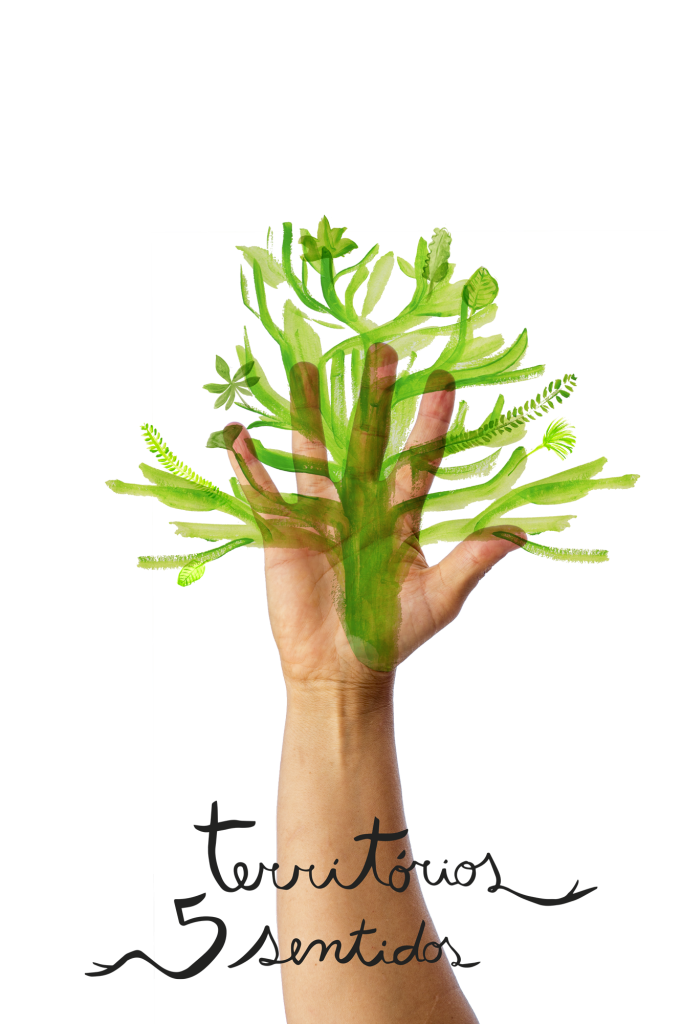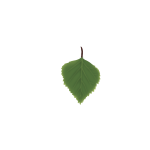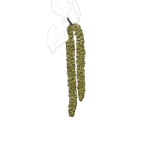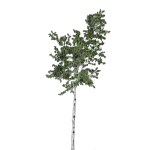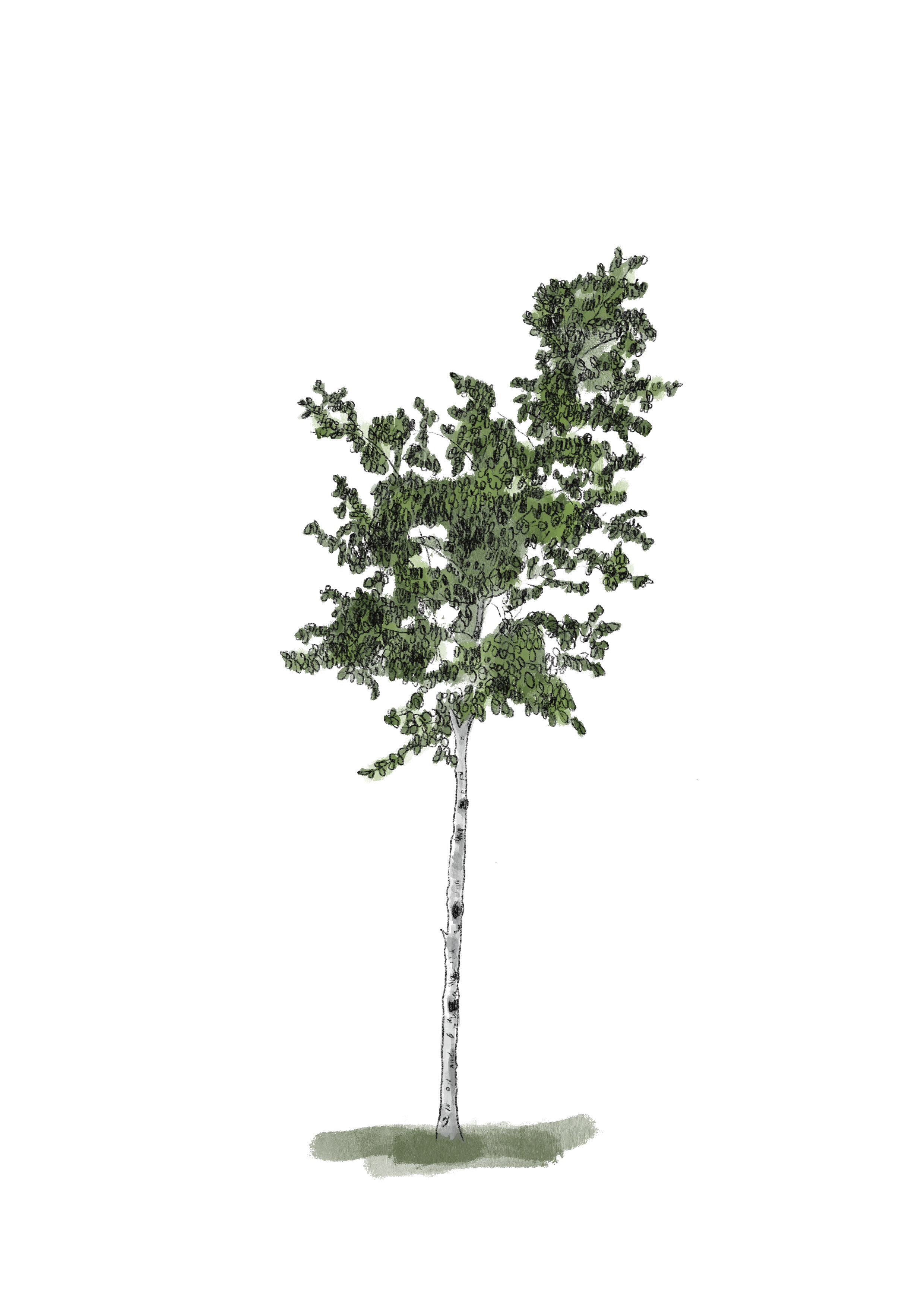

Birch
Betula sp.
Deciduous tree, up to thirty metres in height, with partly white bark, shedding in strips with horizontal ridges. The shoots are quite delicate, with the most recent ones densely pilous (covered in faint, dense foliage. The leaves are glossy and petiolate, and the leaf blade is oval rhombus shaped with serrated margins. The male catkin (April-May) is long and yellowish-orange while the female catkin is short and pedunculated. The inflorescence is cylindrical, and the fruit is winged and carries three lobes’ bracts. Its foliage reaches a golden yellow tone before it sheds. It can live for 100 to 150 years.
In Portugal, it is known as silver birch and It mostly grows in areas up to two thousand metres above sea level, on the banks of watercourses, and on wetlands. It is water-demanding and resistant to intense cold. It grows better in acid soils with a moist subsoil, but also with tolerance to more compacted and less oxidated soils. It creates woodlands that are relatively extensive, heliophytic, and may also display riparian behaviour.
A decoction of birch bark can be of help against chronic skin conditions such as eczema or psoriasis.
The infusion of dried leaves has a mild diuretic action, but is effective in eliminating toxins through urine, without overloading the kidneys. It is beneficial in the treatment of kidney or bladder stones and urinary tract infections, as well as rheumatic complaints, gout, cellulitis and oedemas.
On account of the salicylates in the bark, it can be macerated and applied as a compress to relieve rheumatic pains. When applied externally over the joints, it has an anti-inflammatory action. It is also effective as a sudorific and antiseptic.
From the wood and bark, pix betulin is obtained via dry distillation and used topically to relieve and treat psoriasis and eczema.
In Sweden, liquor is made from the sap of this tree, and in Finland, this sap is crystallised to produce xylitol, a sugar obtained as a result of this crystallisation.
The wood is light, elastic, and shock-resistant, and is therefore used in the manufacture of clogs, skis, brooms, and so forth.
Its name originates from the old German word bircha which means luminous white. It is a sacred tree in the Nordic countries, lighting up the long, dark winter nights with its white trunk. Its therapeutic properties were well-known in classical antiquity, but it was not until the 12th century that Saint Hildegarde referred to the healing action of its leaves.
In rural England, birch poles were believed to drive out demons and it was a tradition on December 31st to sweep out the old year with a birch handle broom.
In the Celtic calendar, the birch moon runs from the 23rd of December to the 21st of January and represents the light in the darkest month of the year, and hope in the cyclical rekindling of nature.
Video
Video Botanical Trail
Município de Castanheira de Pera
Birch
